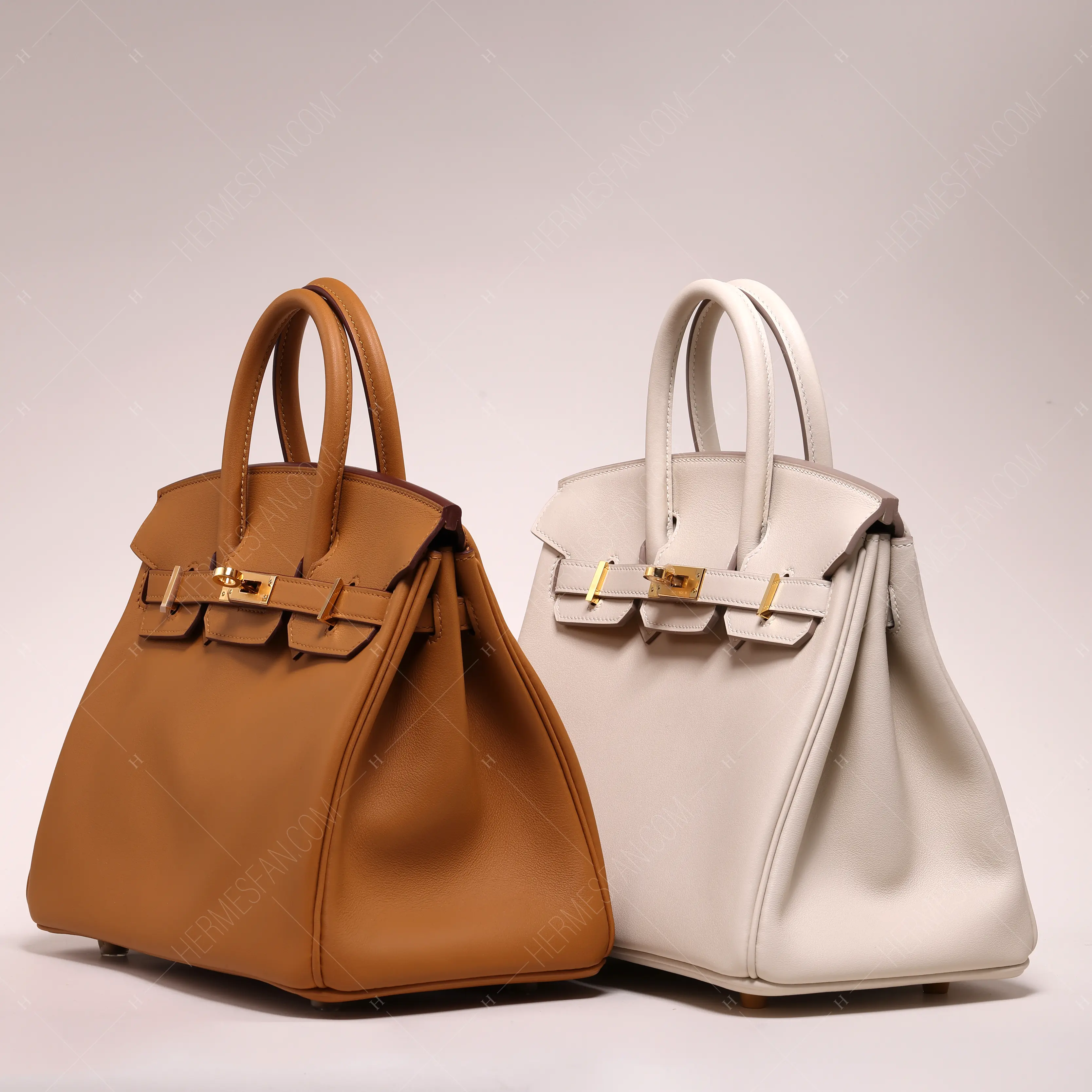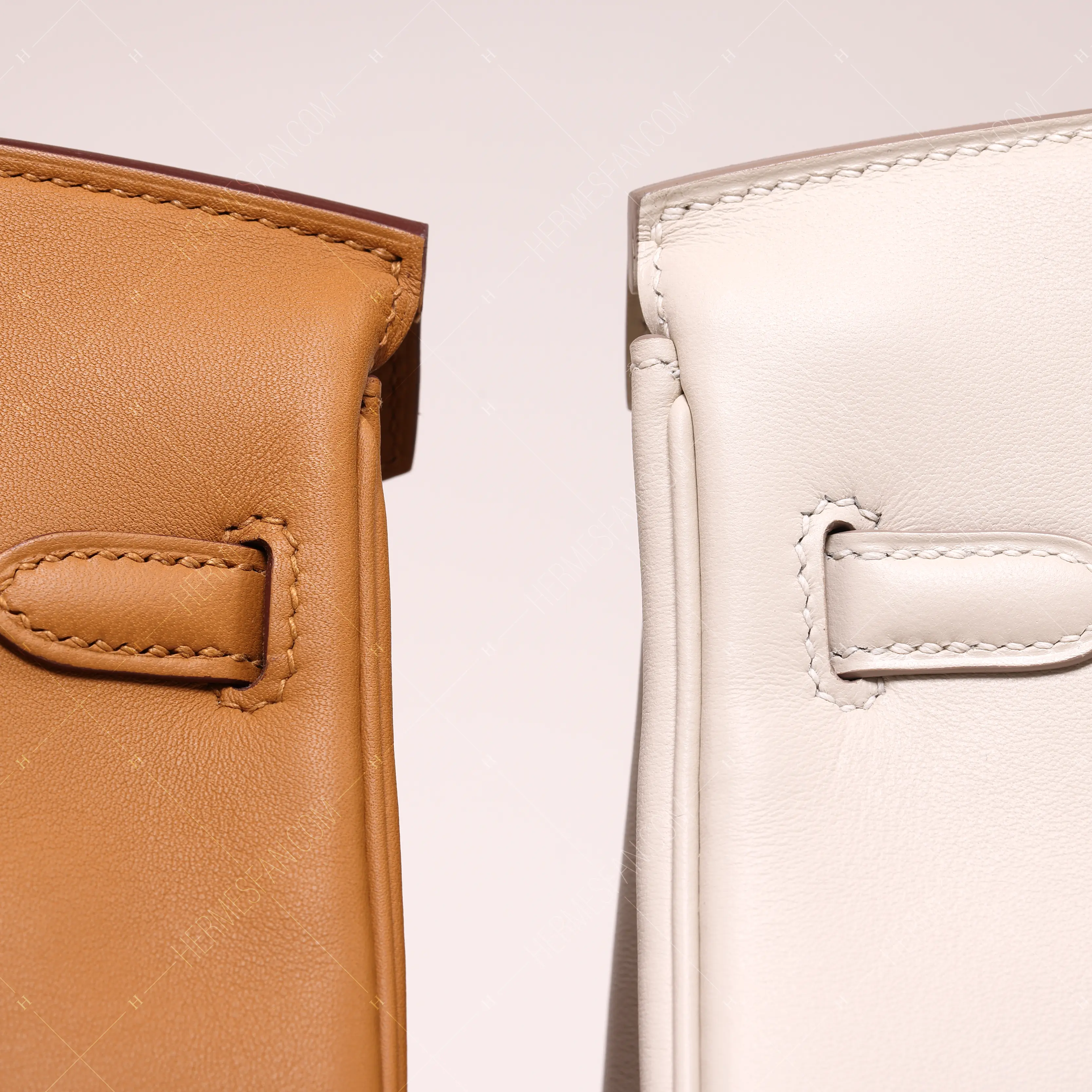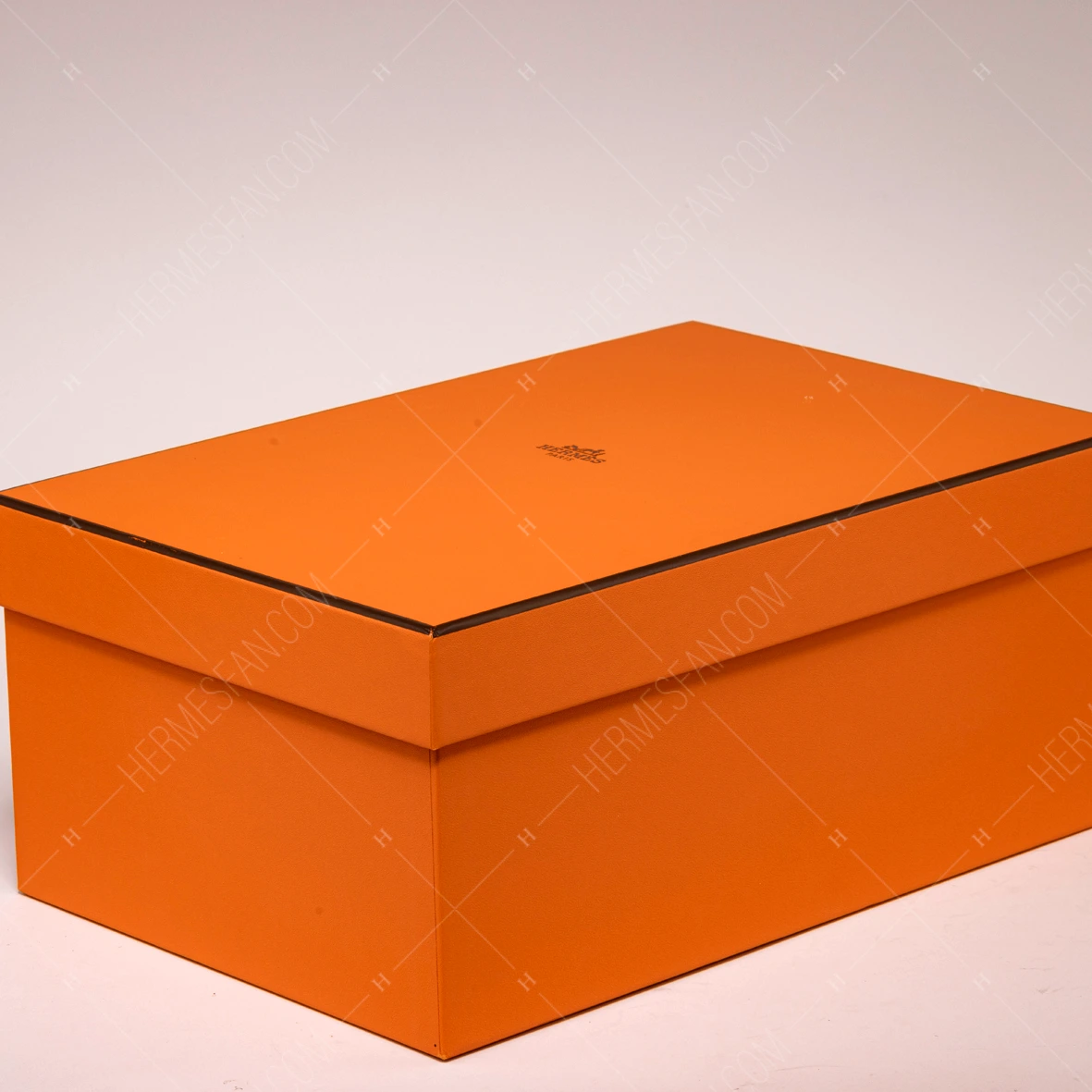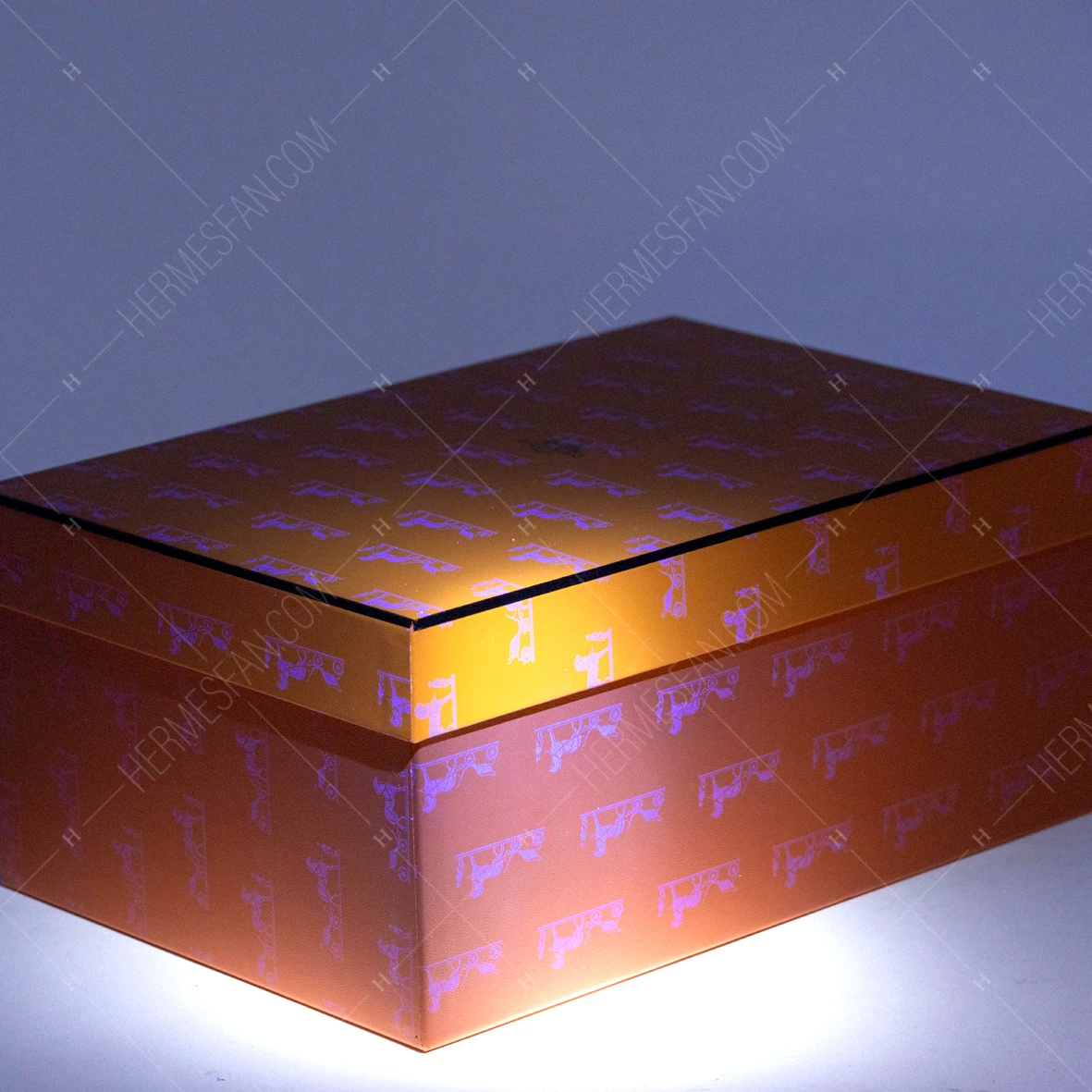0
From Craftsmanship to Market Premium: The Story Behind Luxury
2024-06-05
In the luxury market, Hermès bags have long been seen as a symbol of status, known for their exceptional craftsmanship and high prices. No matter how trends change, Hermès remains a leader. Despite economic fluctuations, the price of their bags continues to rise—back in 2000, a Birkin bag cost around $4,000, while today it’s closer to $11,000. While the brand's status as a symbol of wealth is undisputed, whether it’s worth paying the extra premium for the name is something worth considering.
Handle Design (P1 & P2)
The handles on an authentic Birkin are designed with the front lower than the back, ensuring that when carried, the handles overlap to reduce grip area and increase comfort. Our factory's handles are designed the same way, keeping the same curve as the originals. When you lift the bag, the two handles fit perfectly together, unlike other knockoffs where the handles are the same height.
Leather Quality (P3)
The leather we use comes from the same supplier as Hermès, which is why our costs are also relatively high. Hermès Birkins are known not only for their brand, but also for their top-tier materials. The leather used by Hermès is so special that no domestic leather production can match it. Many counterfeit products in the market don’t want to increase costs, so they can’t achieve the same shine or texture as the authentic leather. Real Hermès leather has a soft, slightly bouncy feel, with just the right amount of shine—not too glossy or too dull. Each piece is handpicked for its uniform thickness and lack of natural scars, and hasn't been artificially stretched. Because of these stringent standards, only a small portion of leather from a single hide is suitable for making a Birkin, which is one reason why a 30cm Birkin can cost upwards of $15,000 (including accompanying purchases) and requires a long waiting period.
Lining and Stitching (P4 & P5)
Our factory uses the same goatskin lining as Hermès, so you won’t notice any difference in feel. Hermès also has a distinctive stitching pattern—their stitches form a neat zigzag pattern. Our stitching uses the same diagonal technique, leaving slight gaps between stitches, unlike the stiff, straight seams found on many replicas, some of which even end up damaging the leather. We also ensure that the backstitching is fixed with the same three-stitch technique used by Hermès.
Hardware and Engraving (P6, P7, P8 & P9)
Our hardware is identical to the original, sourced from French suppliers, and matches the same materials and gold-plating techniques as Hermès. Just like the real deal, our hardware is made of solid brass, plated with 24k gold, unlike many knockoffs that use cheaper materials, leading to an embarrassing difference in color. Even the screws have visible hammer marks, just like the authentic ones.
Since all Hermès bags are handcrafted, the engraving often shows slight hand-shaking marks from the artisans. Our craftsmen, many of whom are retired Hermès artisans, make our bags entirely by hand, so if you zoom in on the engravings, you’ll see the same subtle shakes.
Packaging and Authentication (P10 & P11)
Hermès has even added thoughtful anti-counterfeiting measures to their packaging. For example, under UV light, you’ll see a hidden logo of a small horse. We’ve cracked this code too—our packaging is identical to the original, right down to the smallest details. Our bags have been authenticated as real on multiple certification websites.
Hermès is not only a status symbol but also carries social value. If a replica can be spotted from a social distance, it not only diminishes the customer’s image but also undermines the significance of the Hermès brand. The best way to tell the difference is to visit Hermès boutiques often and familiarize yourself with the details. We use the same leather, retired craftsmen, hardware, and stitching techniques to ensure that every bag we sell can pass as authentic in any setting.

